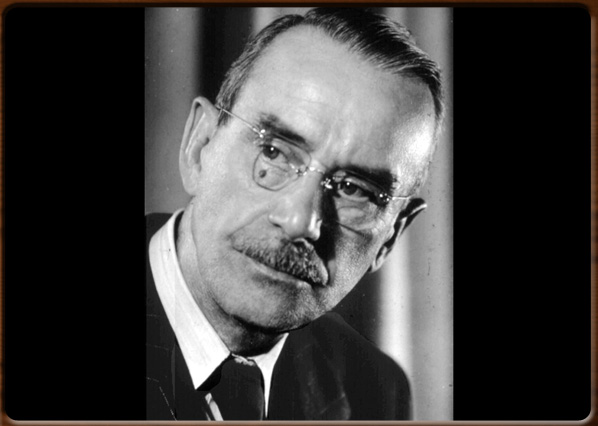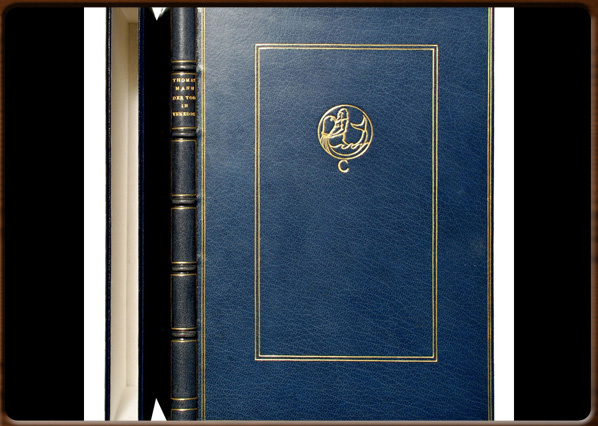
Thomas Mann.

Der tod in Venedig.


No video
Thomas Mann (Lübeck, 1875 – Zurich, 1955) was a German author and essayist. The Nobel Prize laureate in 1929, he is considered one of Europe’s most influential literary figures in the 1900s. He showed a natural inclination for writing while still at school, when he wrote various essays and short stories. His first novel, Buddenbrooks, was published in 1901 followed by Tonio Kröger in 1903.
Mann was immediately popular in Germany and his early works contain many signs of the typical characteristics developed in his later works: an accurate analysis and description of the psychology of his characters and close observation of European society of the day and how it changes.
In 1905 he married the daughter of one of the richest men in Munich, with whom he had six children. "Der Tod in Venedig" ("Death in Venice") was published in 1912 and was a great scandal on account of some of its themes. The novel tells the story of Gustav Von Aschenbach, a famous poet on holiday in Venice who is struck by the beauty of a young man, Tadzio, and so stays on in Venice on his account during an outbreak of cholera and dies as a result. What many claim is Mann’s greatest work was published in 1924: "Der Zauberberg" ("The Magic Mountain"), followed in 1926 by the first of three biblical works, "Joseph und seine Brüder" ("Joseph and His Brothers"), which took him 15 years to complete.
An ardent opponent of Nazism, he went into exile in 1933, first in Switzerland and then the USA. He later returned to Switzerland, where he wrote his last great novel Bekenntnisse des Hochstaplers Felix Krull. Der Memoiren erster Teil (Confessions of Felix Krull, Confidence Man: The Early Years, 1954).
1800 - 2000 - - rev. 0.1.6